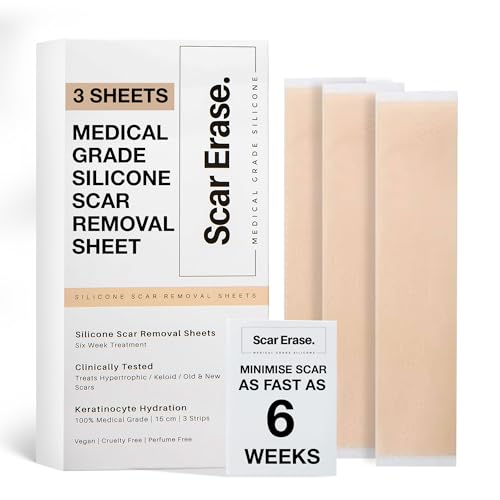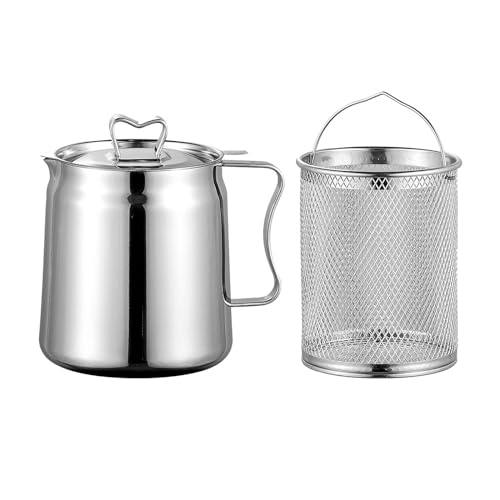Understanding Scar Care: What You Need to Know
The Basics of Scars
Scars are a natural part of the body’s healing process. When our skin sustains an injury, it goes through a series of stages to repair itself, resulting in scar tissue being formed. This tissue can vary in appearance, ranging from raised and red to flat and pale. Understanding that scars are the body’s way of restoring the skin is crucial to our approach to care.
Why Scar Care is Important
Proper scar care not only improves the appearance of scars but can also enhance our overall skin health. Effective treatment can aid in reducing discomfort, sensitivity, or itching that often accompanies healing scars. Additionally, good care can prevent scars from becoming more pronounced over time.
Types of Scar Treatments: Which One is Right for You?
Topical Treatments Explained
Topical treatments, like creams and gels, are widely used to manage scar appearance. These products often contain active ingredients designed to moisturise, brighten, or reduce inflammation. When choosing a topical treatment, it’s essential to consider what type of scar you’re addressing—some work better for raised scars, while others are more effective for discolouration.
Procedural Options
For those seeking more dramatic results, procedural options like laser therapy or microneedling can be considered. These treatments often involve a professional and can target deeper layers of the skin, ensuring better results for certain types of scars. It’s advisable to consult a dermatologist to discuss which procedural treatments may be suitable for us.
How to Choose the Best Scar Cream: Our Top Tips
Identifying Key Ingredients
When selecting a scar cream, it’s vital to look for effective ingredients such as silicone, hydroquinone, and vitamin E, among others. Silicone gels, for example, are well-regarded for their ability to flatten and soften scars over time, whereas vitamin E is often suggested for its moisturising properties.
Checking for Skin Compatibility
Before committing to a scar cream, we should evaluate our skin type and check for any known allergens. A patch test on a small skin area can help determine if a product is suitable. Choosing a hypoallergenic cream can reduce the chances of irritation, making our scar care regimen more effective.
Natural Remedies for Scar Reduction: What Works?
Popular Home Treatments
Natural remedies like aloe vera and honey have been used for centuries in scar care. Aloe vera is known for its soothing properties and may help keep scars moisturised, while honey has natural healing properties that can promote skin regeneration. Incorporating these home remedies into our scar care routine might enhance results.
Essential Oils and Their Benefits
Certain essential oils, such as lavender or tea tree oil, are also popular for their healing attributes. They can help soothe the skin and promote healing when diluted properly with a carrier oil. Understanding their properties and how to use them safely can be beneficial to our scar reduction efforts.
Creating a Daily Scar Care Routine: Simple Steps for Best Results
Consistent Application is Key
The success of any scar treatment significantly depends on consistency. We should aim to apply our chosen scar treatment at least twice daily. Establishing a routine can ensure we do not miss applications, helping us see results more quickly.
Protecting Scars from Sun Exposure
It’s crucial to protect healing scars from sun exposure, which can lead to further discolouration. Using a broad-spectrum sunscreen on affected areas allows us to prevent damage and helps scars to heal properly over time. A good sun protection routine should be a part of our scar care.






















